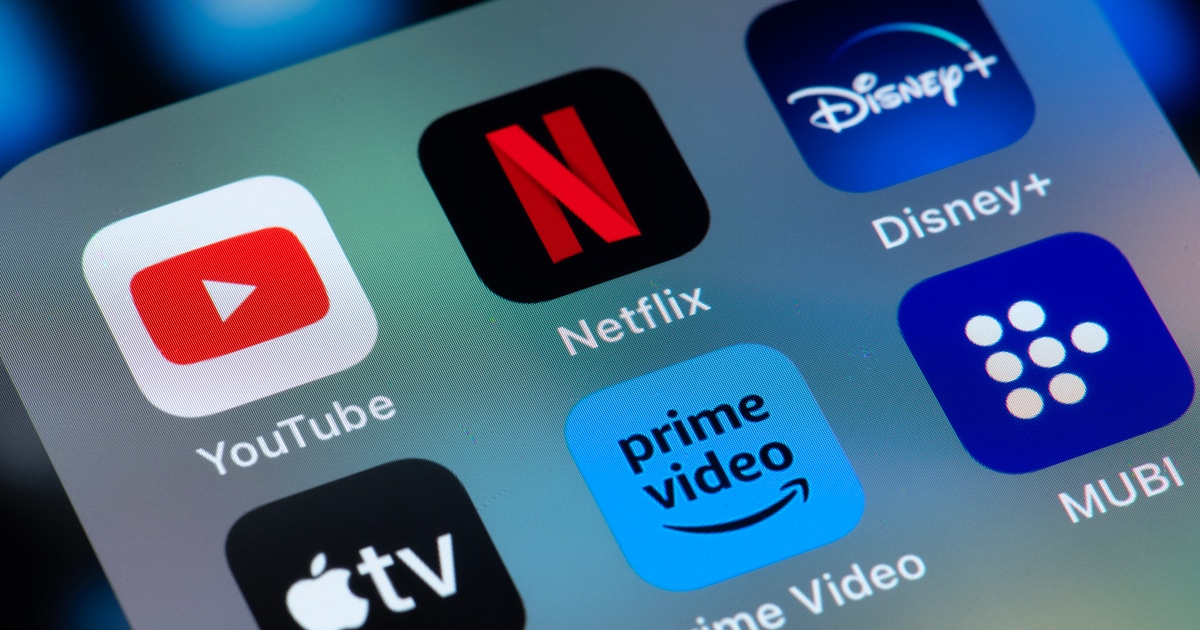The recent sports equinox of 2025 did not disappoint. It did, however, drive home an important point that sports consumption…
Turning Sports Sponsorships Into Real ROI

There are few, if any, scalable marketing strategies that outperform professional and collegiate sports. Sports sponsorships at this level deliver massive audiences and unparalleled engagement, making them an important cornerstone for your overall marketing efforts.
Sports is a passion play … it’s emotional, unpredictable, and highly engaging. There’s no wonder that it has ascended to a leading position from a programming standpoint.
What’s missed, however, is a proper assessment of the ROI associated with your investment. Some brands seem to buy sponsorship with no regard to their overall marketing efforts, while many sellers put their emphasis on stacking assets to garner share rather than formulating a proposal that delivers impact to their clients.
HOW TO FORMULATE A SPORTS SPONSORSHIP THAT HAS A DEFINABLE ROI
The most important component of any marketing investment is the ROI that your business achieves from the assets you purchase. ROI is not the same for every advertiser. That’s a critically important factor to consider when formulating your sports sponsorship strategy. This applies to both the brand making the investment and the team, league, network, or event selling it.
This is the biggest miss in the industry … by a wide margin.
Sellers often fail to conduct a thorough needs analysis, and even when they do, they aren’t marketing professionals; they are salespeople looking to maximize their share. Brands can be equally guilty of overlooking crucial aspects of their marketing strategy by making a purchase more driven by fandom than good marketing sense. Money is misappropriated, KPI’s are missed, and the strategy perpetually underperforms.
Solving for that starts with brands understanding the strengths that sports offer their clients. Sports content providers deliver large, engaged audiences through a variety of assets … affiliative value by way of activations that enhance brand recognition, audience engagement in and out of the field of play, star power by way of big-name players, hospitality, and more. Unequivocally, sports offer tremendous opportunities to brands that invest in them.
So, how do you do it right? Here are a few general guidelines that will help you to buy (and sell) sports more effectively.
- START AT THE FINISH – What is your desirable outcome? It is impossible to measure your ROI if you do not have a goal that you can readily measure. Once you have clear outcomes, you can then readily identify KPI’s (key performance indicators) that support your goals.
- PRIORITIZE YOUR KPI’s and utilize them as you monitor the efficacy of your sponsorship. This eliminates surprises and allows you to pivot if necessary … just don’t pivot too soon or too often.
- ACTIVATE BEYOND YOUR LOGO – Don’t assume that consumers or fans, in this case, fully understand your value proposition. Well-structured activations can help to convey brand attributes and value propositions.
- INTEGRATE YOUR SPORTS WITH YOUR OTHER MARKETING EFFORTS – Don’t put your sports sponsorship on an island. Utilize elements from your sports sponsorship to create additional impact on your overall marketing efforts.
- PARTNERSHIPS NOT TRANSACTIONS – If done right, a sports sponsorship relationship can blossom into so much more beyond the assets and invoices that make up the deal. This is another aspect of sports sponsorship that is owned by both sides of the table, but is especially important for the seller to know their client’s category, know their KPI’s, and stay apprised of how they can enhance the relationship by being proactive.
WHO’S RESPONSIBLE FOR FORMULATING AN EFFECTIVE SPONSORSHIP?
Sports sponsorships have rightfully become more costly, more complicated, and more popular. Most teams, leagues, networks, and events have experienced sellers who do a great job of selling their many assets. The key, however, is to ensure that you aren’t limiting the impact of your sports investment to just the audience you have during a game. The other key is having a clear understanding of the client’s investment goals.
It’s incumbent on the client to establish and communicate their goals clearly. It’s equally important that sports entities engage in the type of dialogue and best practices that give their partnership more value, legitimacy, and stability. Sports sponsorship sellers need to have a better understanding of basic marketing principles so that they can put forth proposals that directly support the needs of their clients.
The responsibility to create and perpetuate a measurable ROI for any sports sponsorship lies with the provider as well as the brand that’s choosing to make the investment. If either party fails to do this, the relationship becomes unnecessarily temporary.
Ed has bought, sold, and consulted on sports sponsorships for over 30 years. If you’re looking to learn more about how you can make your sponsorship investment more impactful or if you’d like Ed to review your partnership efforts, contact him at ed.olsen@linedrivesportsmarketing.com or call his cell at 602.284.6722



